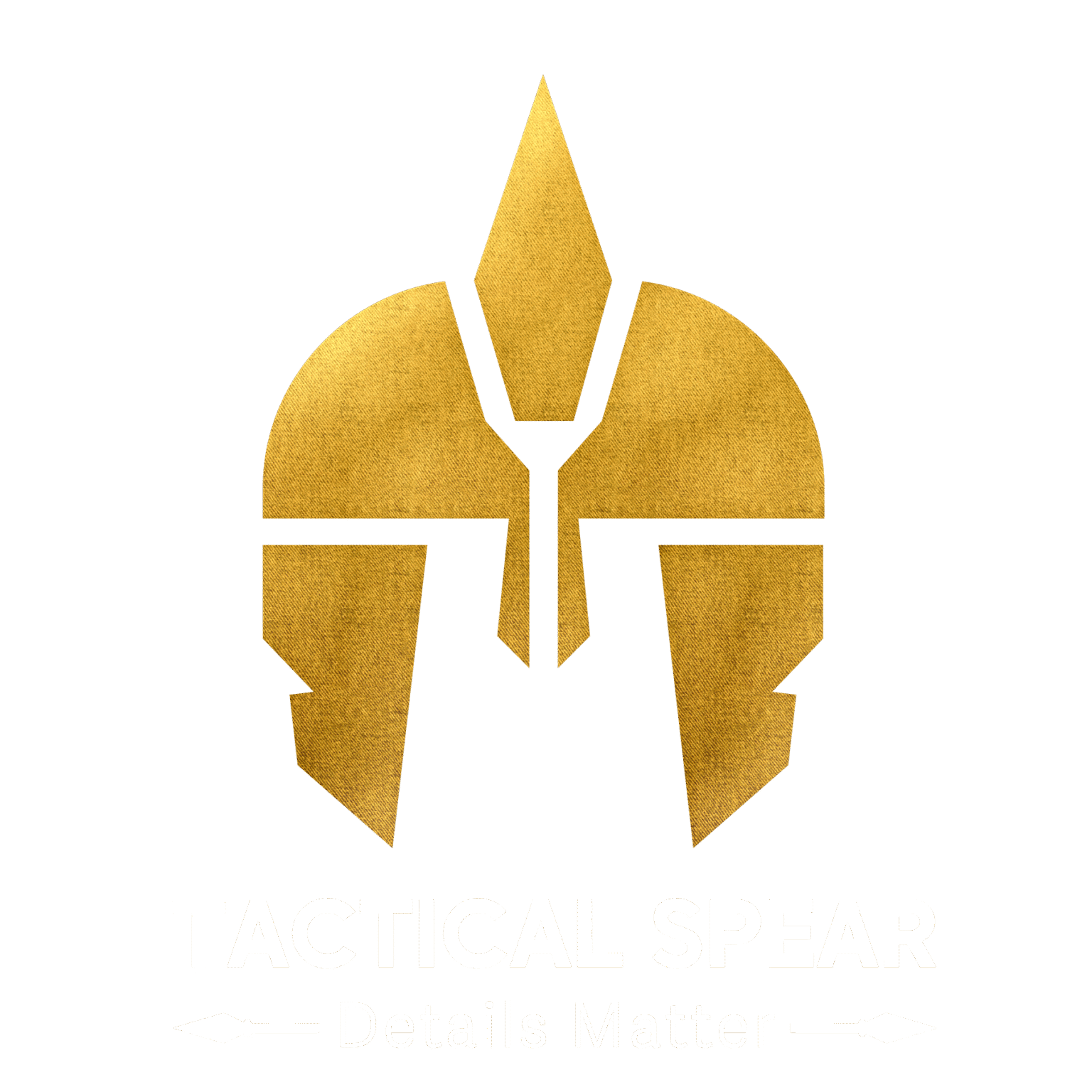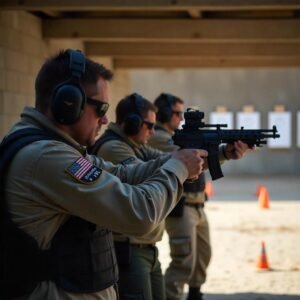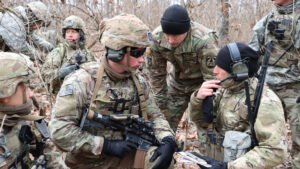A critical look at how high-stress situations impact perception and decision-making. Learn to identify and counter tunnel vision before it compromises your performance in combat or tactical operations.
In military and high-risk environments, situational awareness (SA) is critical. It keeps you alive, helps you make the right decisions, and prevents mission failure. But under pressure, your brain can betray you.
This is where Tunnel Vision becomes a hidden adversary — narrowing your perception and reducing your ability to respond effectively.
___
* What Is Tunnel Vision?
Tunnel Vision is a cognitive phenomenon where your brain hyper-focuses on one specific stimulus — often a visual threat or task — and starts filtering out all other sensory inputs.
In combat or tactical situations, this can mean:
- You miss critical comms from your team
- You fail to detect secondary threats
- You lose control over the full battlespace picture
Tunnel vision isn’t a flaw in character — it’s a natural brain response. But left unchecked, it can be deadly.
___
* How It Happens: Brain Overload Explained
Your brain has a limited capacity to process incoming information. Both visual and auditory data are funneled into your visual cortex, which acts like a central processing hub. When that hub is overloaded by a powerful visual stimulus, it may not have enough bandwidth left to process sound. This results in Auditory Exclusion — your hearing shuts down.
Tactical Breakdown:
Imagine you’re focused on a target entering a doorway. You’re so locked in visually that you don’t hear your teammate calling a warning. That missing input could change everything.
___
* Warning Signs: Are You in Tunnel Vision?
You often won’t realize you’re in tunnel vision until it’s too late. Learn to recognize these symptoms:
- Hyper-focus on a single point of interest
- Ignoring sounds or side conversations
- Annoyance when interrupted or redirected
- Refusal to accept help or adapt plans
- Mental fatigue, confusion, or incomplete awareness
- Misunderstanding or rejecting information due to missing context
___
* Real-World Analogy
Think of it like this:
You’re a cashier at a busy store. A pushy customer demands all your attention. Behind them, another customer gets tired of waiting, abandons their items, and leaves. You didn’t notice — you were too focused.
Now apply that to a battlefield — replace customers with threats and teammates. The consequences are far more serious.
___
* How to Counter Tunnel Vision
You can’t eliminate tunnel vision entirely — but you can train to manage it. Here’s how:
- Force Environmental Scanning: Break your focus regularly. Take a few seconds to scan your surroundings.
- Challenge Your Perspective: Ask yourself: “What might I be missing right now?”
- Accept Help: See support as a force multiplier, not a crutch.
- Take Micro-Breaks: Pause and breathe when safe to do so. Mental resets restore awareness.
- Verify, Don’t Assume: If something feels off or illogical, assume you missed something. Ask for clarity.
- Train with Tunnel Vision in Mind: Incorporate auditory and visual overload scenarios into training. Use buddy checks and scanning drills.
___
* Final Thoughts
Tunnel vision is real, automatic, and dangerous. But with discipline, awareness, and tactical countermeasures, it can be managed.
Don’t let your focus become your failure.
Stay alert. Stay aware. Stay alive.
➤ Want more tactical mindset insights?
Subscribe to the blog for briefings on performance under pressure, human factors in combat, and elite-level decision-making.







